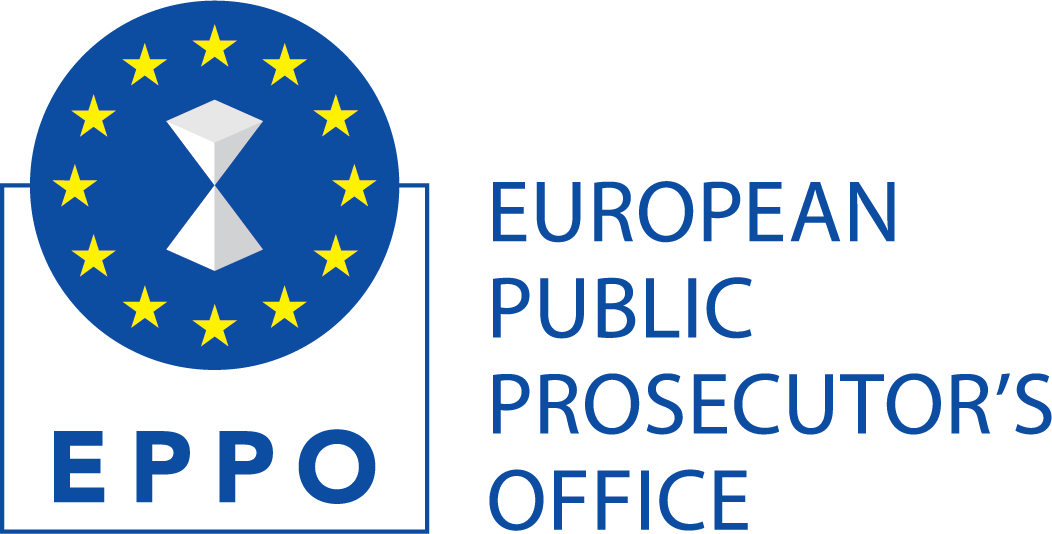The value of cross-border payments is expected to reach $250 trillion by 2027, increasing from $150 trillion in 2017 alone, according to figures from the Bank of England.
There are several factors owing to this rapid growth.
The global rise in e-commerce has spearheaded exports and international trade, global supply chains are expanding, and the emergence of FinTech payment challengers has disrupted the market by making cross-border payment flows quicker and easier.
But as the value and volume of cross-border payments increases, so too does the risk of financial crime as fraudsters continue to innovate – putting pressure on those within the payment chain to enforce the correct due diligence to limit illicit activity.
Economic crime is on the rise globally.
In the EU, law enforcement officials estimate that professional money launderers have a 99% success rate in running criminal profits through the existing financial system.
In fact, Danske Bank is currently preparing for fines of about $2bn for its part in one of the largest money laundering scandals. Meanwhile in the US, it’s estimated that only 1% of financial proceeds of crime is recovered each year.
This challenging economic crime backdrop only adds to the complexities faced by those responsible for facilitating cross-border payments – namely the correspondent banks.
Correspondent banks have a tricky balancing act to play within the cross-border payment flow.
On the one hand, they are responsible for managing and maintaining relationships with counterparties their bank does business with.
On the other hand, they must assess the risk likelihood of a potential customer, with currently very limited risk data on which to base decisions on.
This lack of risk information means that, in most cases, compliance teams within correspondent banks’ only option is to cut ties with prospective customers from perceived high-risk regions, causing friction in business relationships and impacting revenue.
Alienating perceived high-risk regions is at odds with the ambitions of the cross-border payments industry, which continues to expand into new and emerging markets.
Figures from McKinsey estimate that non-cash retail payment transactions have increased 25% annually in emerging markets including Africa and Asia, compared to just 13% elsewhere.
And there are huge benefits to this truly global payments landscape.
Businesses can, for the first time, reach unbanked populations – of which there are currently 1.7 billion people globally – driving financial inclusion.
Business opportunities are expanding as a result and the opportunity for ecommerce grows almost every day.
A lack of counterparty risk information within correspondent banking is therefore hindering significant opportunities for banks to capitalise on the opportunity cross-border payments provide – particularly with transaction fees.
Without information on counterparty risk, correspondent banks have no viable way to justify charging higher fees. This is because the current global system prices processing higher fees based on volume, rather than a risk-based approach.
As a result, the risk of financial crime increases as smaller transaction fees means correspondent banks have no way of incentivising their own customers to have better risk controls.
So, what can correspondent banks do?
Firstly, there are already resources available for banks to provide more nuanced risk ratings for front office workers to identify a comprehensive view of counterparty risk.
Our Elucidate platform, powered by the Elucidate FinCrime Index (EFI), for instance, provides banks with a risk score calculated using a bank’s own data, proprietary data, and public data.
This score can often help prevent de-risking in previously high-risk regions, supporting growth in emerging markets while reducing the threat of financial crime.
To combat the second challenge correspondent banks face in justifying higher transaction fees, a new risk-based pricing model can be adopted.
Risk-based pricing for financial crime is a new digital toolbox created by Elucidate that generates the price of financial crime risk which banks, for the first time, can use to enhance relationships with one another and price risk transparently and fairly.
The toolbox allows correspondent banks to streamline decision-making through objective data analysis, while generating new revenue by charging respondents fees based on risk exposure rather than volume.
As such, risk-based pricing is a merit-driven system where banks who work to enhance their financial crime controls benefit from fairer, better prices.
To truly combat financial crime, we must plug any gaps within our financial system which allow for the occurrence and proliferation of illicit activity.
But as the global payments landscape expands, those gaps can widen as fraudsters find new and sophisticated ways of targeting businesses and financial institutions.
By adopting new data-driven solutions, we can incentivise better financial crime controls, support at-risk financial institutions and meaningfully work to eliminate financial crime risk.
Share this on:
Follow us on:









